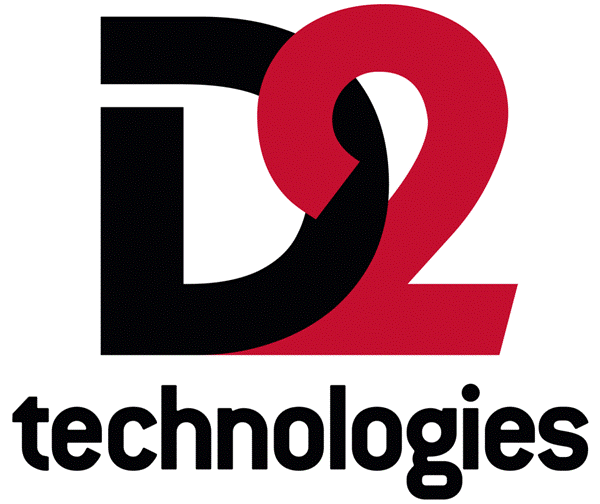vPort
VoIP, VoWiFi, VoLTE, VoNR, FoIP Gateway Solution
vPort is a complete embedded Voice over IP software solution enabling OEM/ODMs and IC vendors to quickly and cost-effectively develop robust VoIP devices for consumer, enterprise and service provider networks. It is a flexible platform that supports multiple services, such as IETF SIP-based VoIP, WiFi Calling, IMS-SIP, IR.92 VoLTE, IR.94 video calling, VoNR/5G, Fax Over IP/Mobile and RCS. vPort leads the market in performance and efficiency, enabling networking, signaling and voice processing functions to execute as an integrated solution on a single processor. This in turn offers substantial advantages to manufacturers in bill-of-materials (BOM) cost, power and related characteristics over traditional multi-core or multi-chip VoIP designs. The software is highly optimized not just for quality, but for a small memory footprint, low MHz impact and low latency, and it adds real-time performance to non-real-time operating systems.
D2 Technologies’ vPort solutions deliver the high voice quality, efficiently tuned system implementation, and broad OS and IC support necessary for manufacturers to build winning VoIP solutions. With vPort, OEMs and ODMs can quickly and cost-effectively develop a broad range of VoIP-enabled devices without being distracted from product platform design and branding. It is a flexible platform that supports multiple services, such as SIP-based VoIP and VoWiFi/WiFi Calling. In addition, the vPort solution simultaneously lowers costs by enabling the use of “softDSP”, provides OS and IC flexibility by abstracting the software layer, and improves performance by eliminating latency inherent in other solutions.
Designed for flexibility and portability, vPort can execute on both RISC and CISC platforms under industry-standard operating systems. It is currently optimized for both ARM and MIPS processor architectures under the VxWorks, Nucleus and LINUX operating systems. vPort’s virtual DSP architecture enables the voice DSP functions to run as “soft DSP” on a RISC processor or as DSP code on a hardware DSP core, providing further design flexibility.
The support of multiple processor architectures and OSs, along with the unique virtual DSP capability, allows OEMs to choose best-of-breed components and avoid being locked into a particular hardware platform or architecture. It also simplifies software development, support and maintenance, since all the software operates under a single environment using one set of tools. Because of its modular architecture, vPort can be quickly modified for customer-specific applications and runtime platforms.










